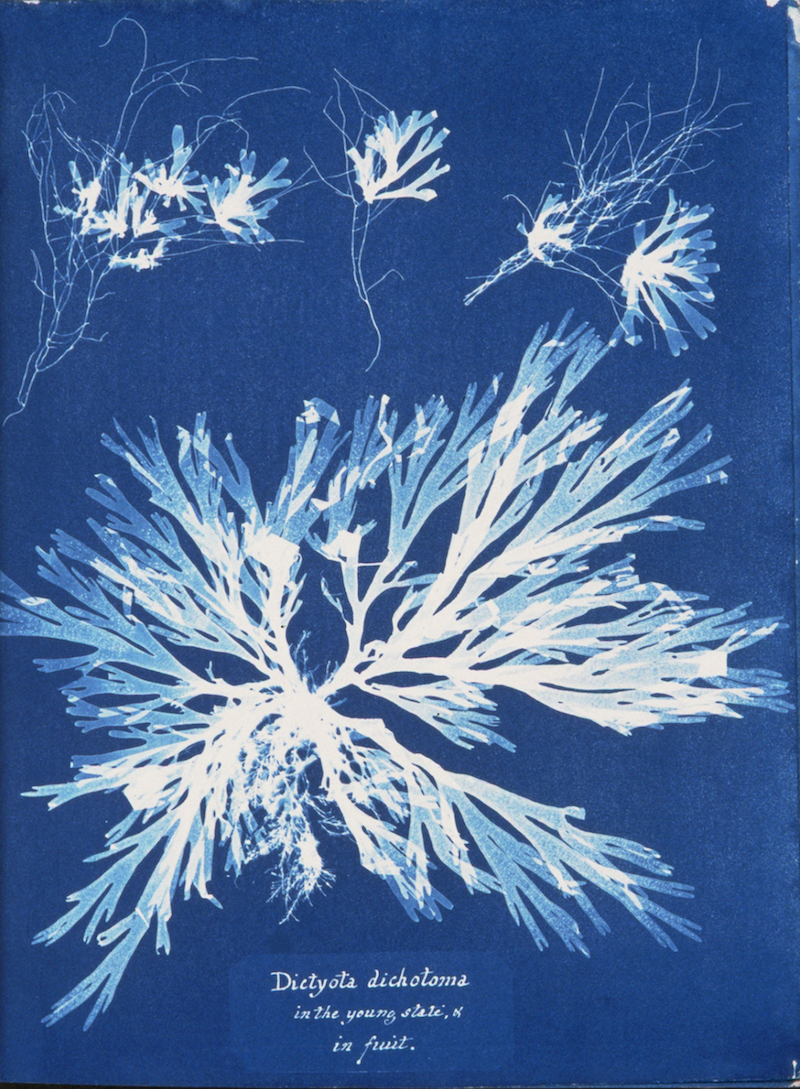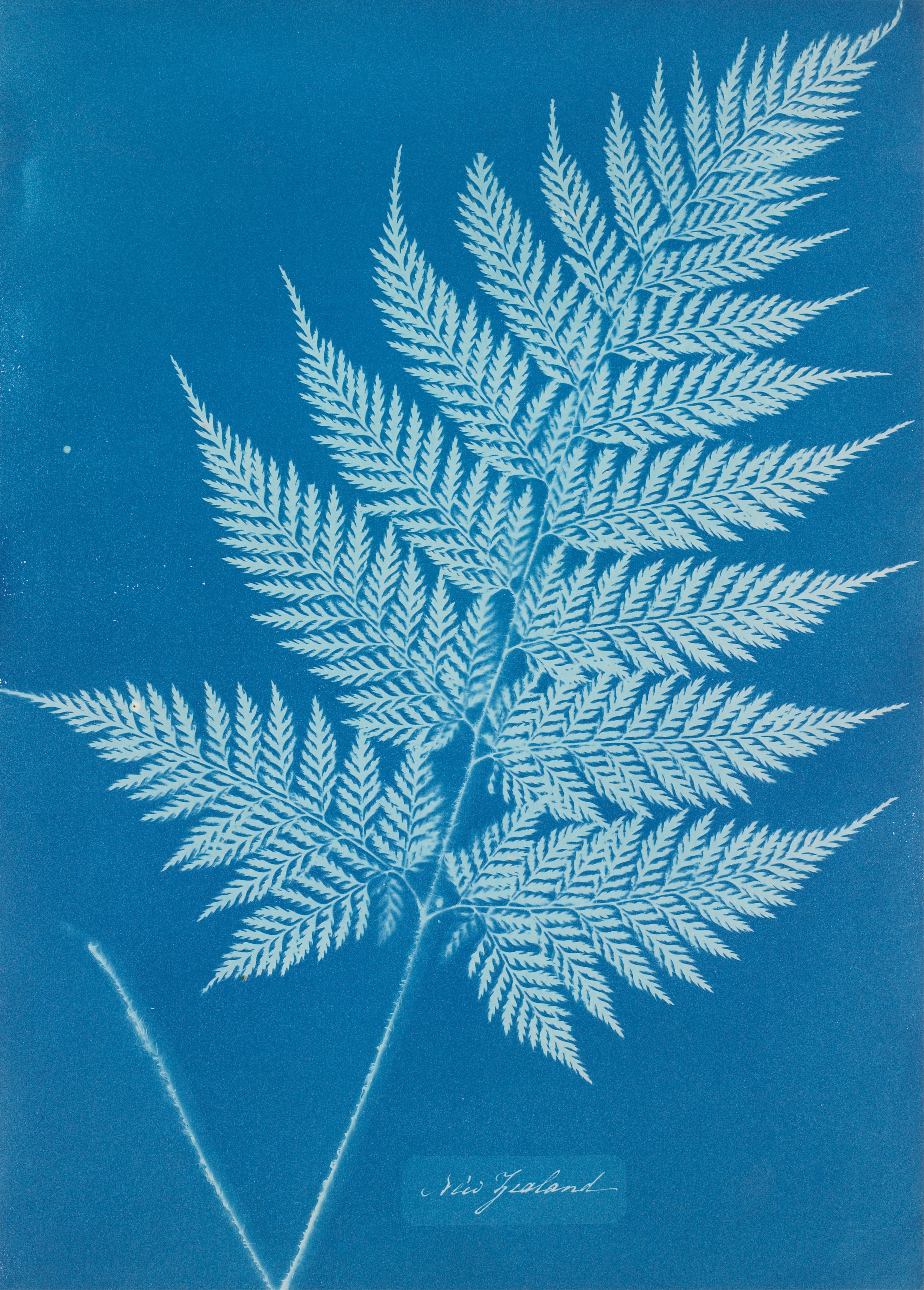The marriage between John George Children and Hester Anna Holwell was tragically short. They had only one daughter, Anna, who was born 16 March 1799. Hester did not recover from childbirth, and died shortly after, in 1800. John was a chemist, mineralogist and zoologist, working at the British Museum. From an early age, he imparted his knowledge to his young daughter. She thus received a scientific education unusual for a woman of her time. She learned how to draw in great detail. Her engravings of shells illustrated her father's translation of the Genera of Shells by Jean-Baptiste Pierre Antoine de Monet, Chevalier de Lamarck (who was commonly known as Lamarck). By 1825, Anna was married to John Pelly Atkins, but the couple had no children and Anna remained deeply involved in her scientific work, mostly related to botany and the drying of plants.
Somewhere along the line, she became friends with William Henry Talbot, one of the great photographic inventors. Both Talbot's wife, Constance, and Anna are credited to be the first female photographers, but as no photographs survive, this issue may never be resolved. Anna later became friends with Sir John Herschel. In 1842, Herschel invented a new photographic process, the cyanotype, to reproduce notes and diagrams, more commonly known as blueprints. Within a year, Anna used this process to contact-print seaweed 'by placing the unmounted dried-algae original directly on the cyanotype paper.' She then published the first series of prints in a book called ‘Photographs of British Algae: Cyanotype Impressions’. This book is considered to be the first book ever to be illustrated with photographic images. She created a total of three volumes. Now perhaps you may think the image presented is not that special. I offer two points of balance. Anna was the first to do this (a pioneer) and it was a major achievement to illustrate a book in this new and modern way, where science and art cross over. Secondly, please take the time to look up Henri Matisse's The Parakeet and the Mermaid. Is this algae art? I think we can safely say so. Perhaps Matisse knew of Anna's work. To me, Anna Atkins (16 March 1799 - 9 June 1871) had a great inventive and artistic mind.


 Anna Atkins
Anna Atkins